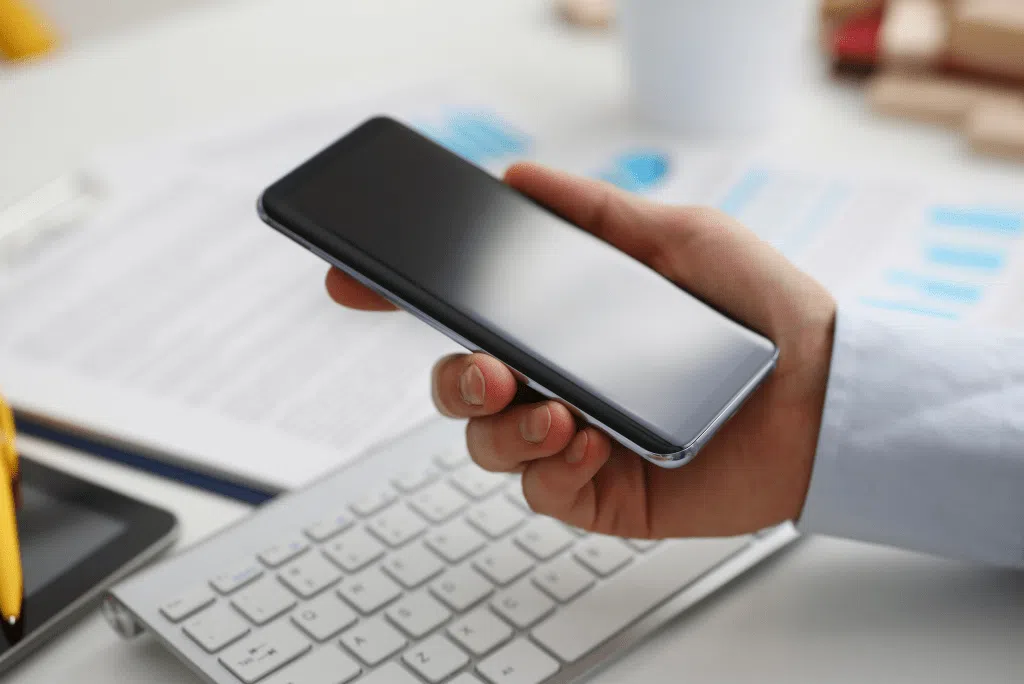
Restarting your Android phone is a simple yet effective way to extend its overall lifespan and keep it running smoothly. If you’re dealing with sluggish performance, frozen apps, or connectivity issues, often a quick reboot can resolve minor problems and refresh your device.
If you’ve ever wondered, “How do I restart my phone?” or “How do I restart my Android phone from settings?”, this guide will walk you through the different ways to restart, troubleshoot issues, and maintain optimal performance.
Why Restarting Matters
Restarting your Android phone isn’t only about turning it off and back on again—it plays a crucial role in maintaining system health.
- Clears Cached Data and Refreshes System Memory: Over time, background processes and cached data can impact performance. Restarting helps refresh system memory and may clear some temporary files, reducing sluggishness and improving responsiveness.
- Fixes Minor Software Glitches: Apps can occasionally crash or freeze due to software bugs. Restarting helps reset these processes, restoring functionality.
- Optimizes Battery Life and Performance: A regular restart prevents excessive memory usage, reducing battery drain and improving responsiveness.
- Resolves Minor Connectivity Issues: Wi-Fi or Bluetooth connectivity problems are common on Android devices. Restarting can help re-establish connections and fix temporary pairing issues.
How Often Should You Restart?
The ideal restart frequency depends on how you use your device:
🔴 Heavy Users (Gaming, Streaming, Multitasking): Restart every 1–2 days to clear RAM and refresh system processes.
🟡 Moderate Users (Messaging, Browsing, Social Media): Restart every few days to prevent slowdowns.
🟢 Light Users (Calls, Occasional Apps): A weekly restart should be sufficient.
If you can make restarting a habit, it can ensure that your device operates at peak performance without unnecessary lagging.
Different Ways to Restart an Android Phone
There are several ways to restart your phone, depending on its condition and model.
For most Android devices, restarting is as simple as:
- Press and hold the Power Button (usually on the side or top).
- Tap Restart or Reboot when the menu appears.
- Wait for the phone to power down and turn back on.
Manufacturer-Specific Variations
Samsung Devices: Some models require pressing Power + Volume Down for a few seconds to bring up the restart menu.
Google Pixel Phones: Use the same method, but some versions have a Quick Tap feature to access restart options in settings.
Restarting an Unresponsive Phone
If your phone is frozen and won’t respond, a force restart can help:
- Press and hold Power + Volume Down for about 10–20 seconds until the device vibrates and restarts.
- If this doesn’t work, try Power + Volume Up or Power + Home (on older models).
💡 Note: A force restart differs from a factory reset—it won’t erase data, and will simply reboot the system.
Restarting Phone from Settings or Quick Menus
If the power button isn’t working, you can restart through the settings menu:
- Go to Settings > System > Advanced > Restart (varies by manufacturer).
- Some devices allow restarting through Quick Settings by swiping down and tapping the power icon.
Is your phone not working?
Get a free phone diagnosis in 5 minutes when you visit us in-store.
Learn more
Restarting Advanced Android Devices
With newer technology, restarting can sometimes require extra steps for unique Android devices.
Foldable and Dual-Screen Devices
Foldable phones like the Samsung Galaxy Z Fold or Microsoft Surface Duo have special restart requirements:
- Ensure the device is fully unfolded before restarting.
- Some models may require a combination of Power + Volume buttons to reboot properly.
Smartwatches and Connected Devices
If your Android smartwatch or paired device isn’t responding, try:
- Holding the power button until you see the restart option.
- Using the wearable app on your phone to remotely restart the device.
Using Voice Assistants
You can also use Google Assistant to restart your phone hands-free. Simply say:
“Hey Google, restart my phone.”
Google Assistant will confirm the action before proceeding with the reboot.
Common Issues with Rebooting Your Phone and How to Solve Them
Restarting should be straightforward, but sometimes issues arise.
Unresponsive Phones
- If the power button doesn’t work, try restarting from settings or using USB debugging (for advanced users).
- A drained battery can prevent restarting—charge the device for a few minutes before trying again.
Restart Loops or Failures
- If your phone keeps restarting on its own (boot looping), a corrupt update or app conflict might be the cause.
- Try safe mode (holding Power + Volume Down during boot-up) to identify faulty apps.
When Restart Options Fail
If your phone refuses to restart, it may need a phone diagnostic test to check for deeper hardware or software issues. Learn how to run a diagnostic test here.
Restart vs. Other Actions
Understanding the difference between restarting, shutting down, and resetting is important. Here are the main details you need to know:
- Restart (Reboot): Closes all running apps and refreshes system memory without deleting data.
- Shutdown: Turns off the device completely, requiring manual power-on.
- Factory Reset: Erases all data, restoring the phone to factory settings.
When Resetting or Powering Down is Necessary
A restart won’t fix every issue. Consider a factory reset if:
- Your phone keeps crashing or freezing, even after a restart.
- You’re experiencing persistent errors that no other troubleshooting resolves.
- You’re preparing to sell your phone and want to wipe your data.
Tips for Maintaining a Smooth Restart Process
To make restarts seamless and prevent unnecessary issues:
- Keep buttons and ports clean: Dust and debris can interfere with hardware functions.
- Update your software regularly: New updates fix bugs that can cause restart failures.
- Clear cache periodically: This prevents excessive memory use that slows down your device.
- Avoid overheating: High temperatures can cause unexpected shutdowns and boot loops.
Make Restarting a Habit
Restarting your phone is a simple yet effective way to maintain performance and troubleshoot minor issues. Whether you’re using a flagship device or one of our refurbished Android phones, regular reboots can enhance speed, battery life, and overall usability.
If your phone continues to experience problems despite restarting, it may need a professional diagnosis. Visit us at one of our 130+ Mobile Klinik stores across Canada for expert assistance, whether you’re looking for repairs, upgrades, or even exploring options for a new device.
🔄 Make restarting part of your routine and keep your phone running like new!



